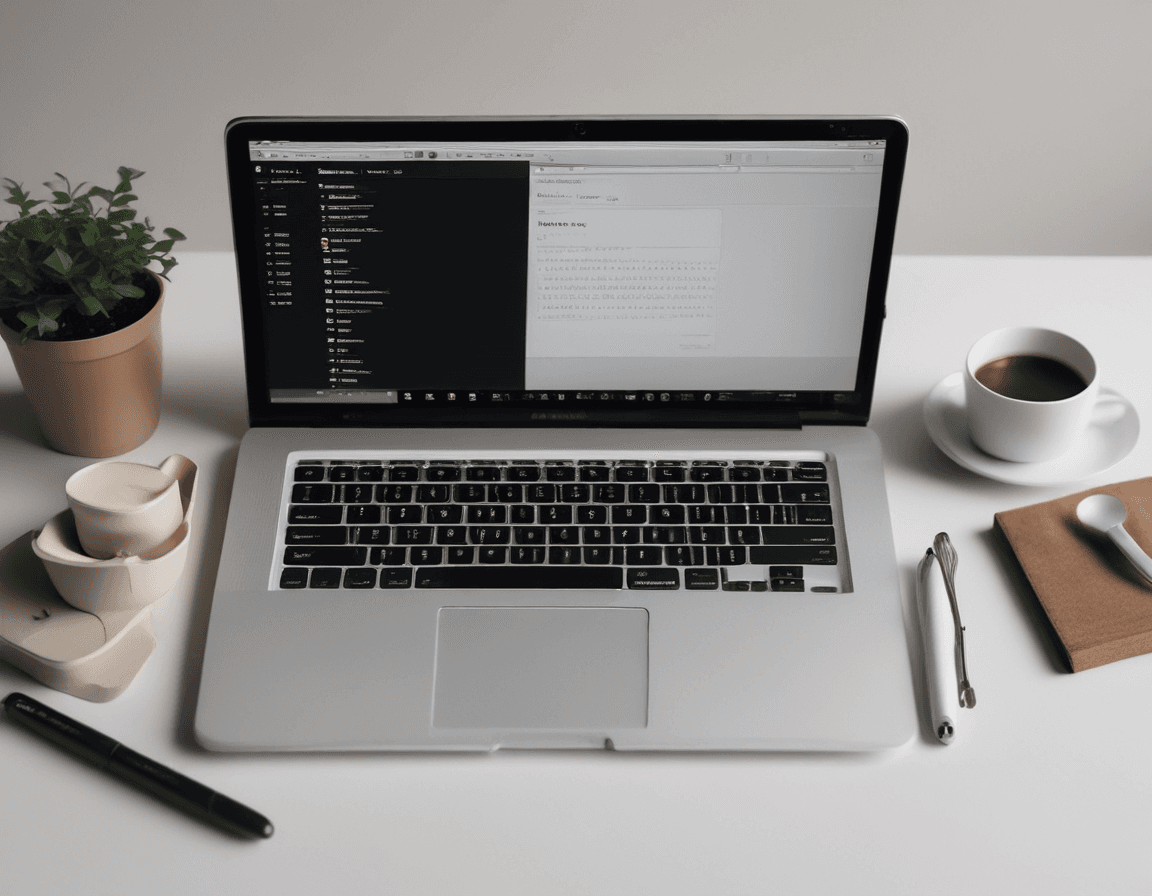Performance Optimization for React Projects Using Chrome
- 939Words
- 5Minutes
- 22 Jun, 2024
Performance optimization is a critical aspect of frontend development that directly impacts user experience. In this article, I will introduce how to optimize the performance of React projects using Chrome Developer Tools. We will detail the usage of Chrome Developer Tools and how to leverage the metrics provided by Chrome for optimization, providing specific examples and code explanations.
Introduction to Chrome Developer Tools
Chrome Developer Tools (DevTools) is a powerful set of tools used by web developers to debug and analyze web pages. It includes the following important parts:
- Elements: View and edit HTML and CSS.
- Console: View log information and execute JavaScript code.
- Sources: Debug JavaScript code.
- Network: Analyze network requests and resource loading.
- Performance: Record and analyze page performance.
- Memory: Analyze memory usage and leaks.
- Application: View storage and Service Worker.
- Lighthouse: Generate web performance reports.
Important Performance Metrics
When optimizing performance, several important performance metrics are worth noting:
- First Contentful Paint (FCP): The time when the first content is rendered.
- Largest Contentful Paint (LCP): The time when the largest content is rendered.
- Time to Interactive (TTI): The time when the page becomes fully interactive.
- Total Blocking Time (TBT): The total blocking time.
- Cumulative Layout Shift (CLS): The cumulative layout shift.
Using Chrome for Performance Analysis and Optimization
Using the Performance Panel
The Performance panel can record and analyze the performance of the page, including load time, render time, and JavaScript execution time. The steps are as follows:
- Open Chrome Developer Tools (F12 or right-click and select “Inspect”).
- Switch to the Performance panel.
- Click the “Record” button to start recording.
- Perform page operations or load the page.
- Stop recording and analyze the results.
Optimizing First Contentful Paint (FCP)
FCP is the time from navigation to the first content being rendered. Here are some methods to optimize FCP:
Code Splitting
By code splitting, the size of the initial load package can be reduced, thus reducing load time. Use React’s React.lazy and Suspense for code splitting.
1import React, { Suspense, lazy } from "react";2
3const OtherComponent = lazy(() => import("./OtherComponent"));4
5function MyComponent() {6 return (7 <Suspense fallback={<div>Loading...</div>}>8 <OtherComponent />9 </Suspense>10 );11}Compressing and Optimizing Resources
Compress JavaScript, CSS, and image files to reduce file sizes. Use Webpack plugins for compression.
1npm install --save-dev terser-webpack-plugin1const TerserPlugin = require("terser-webpack-plugin");2
3module.exports = {4 optimization: {5 minimize: true,6 minimizer: [new TerserPlugin()],7 },8};Optimizing Largest Contentful Paint (LCP)
LCP is the time when the user sees the largest content on the page. Here are some methods to optimize LCP:
Optimizing Image Loading
Use modern image formats (like WebP) and lazy load images using the <img> tag’s loading="lazy" attribute.
1<img src="image.webp" alt="description" loading="lazy" />Reducing Critical Requests
Reduce and optimize the number and size of critical requests. Place CSS in the head and JavaScript at the end, using async and defer attributes.
1<link rel="stylesheet" href="styles.css" />2<script src="script.js" async></script>Optimizing Time to Interactive (TTI)
TTI is the time when the page becomes fully interactive. Here are some methods to optimize TTI:
Reducing Main Thread Blocking
Optimize and reduce JavaScript execution time, avoiding long tasks. Use requestIdleCallback to execute non-critical tasks during idle time.
1requestIdleCallback(() => {2 // Execute non-critical tasks3});Using Web Workers
Move time-consuming tasks to Web Workers to avoid blocking the main thread.
1const worker = new Worker("worker.js");2worker.postMessage("start");3worker.onmessage = (event) => {4 console.log(event.data);5};6
7// worker.js8onmessage = (event) => {9 if (event.data === "start") {10 // Time-consuming task11 postMessage("done");12 }13};Optimizing Total Blocking Time (TBT)
TBT is the time that long tasks block the main thread. Here are some methods to optimize TBT:
Code Splitting
Split large code blocks into smaller ones to avoid long tasks.
1// before2function longTask() {3 // Long task4}5
6// after7function smallTask() {8 // Small task9}Avoiding Long Tasks
Use methods like requestAnimationFrame and setTimeout to split long tasks into multiple small tasks.
1function doChunk() {2 // Small chunk task3 if (moreChunks) {4 requestAnimationFrame(doChunk);5 }6}7
8doChunk();Optimizing Cumulative Layout Shift (CLS)
CLS is the cumulative score of layout shifts on the page. Here are some methods to optimize CLS:
Reserving Space
Reserve space for elements like images and videos to avoid layout shifts after loading.
1img {2 width: 100%;3 height: auto;4}1<img src="image.jpg" width="600" height="400" alt="description" />Avoiding Dynamic Content Insertion
Avoid dynamically inserting content at the top of the page, causing layout shifts. Use position: absolute or position: fixed to avoid affecting the layout.
Case Study: Optimizing React Project Performance
Suppose we have a React project with a complex component ComplexComponent that has a long initial load time. We will analyze and optimize it using Chrome Developer Tools.
1. Analyzing Performance Bottlenecks
Open the Performance panel and record page load performance. We find that the load time of ComplexComponent is too long, affecting FCP and LCP.
2. Optimizing Load Time
Code Splitting
Split ComplexComponent to reduce the initial load package size.
1import React, { Suspense, lazy } from "react";2
3const ComplexComponent = lazy(() => import("./ComplexComponent"));4
5function App() {6 return (7 <Suspense fallback={<div>Loading...</div>}>8 <ComplexComponent />9 </Suspense>10 );11}12
13export default App;Compressing Resources
Use Webpack plugins to compress JavaScript and CSS files.
1const TerserPlugin = require("terser-webpack-plugin");2
3module.exports = {4 optimization: {5 minimize: true,6 minimizer: [new TerserPlugin()],7 },8};3. Optimizing Render and Interactive Time
Lazy Loading Images
Lazy load images on the page to reduce initial load time.
1function ImageComponent() {2 return <img src="image.jpg" alt="description" loading="lazy" />;3}Using Web Workers
Move complex calculations to Web Workers to avoid blocking the main thread.
1const worker = new Worker("worker.js");2worker.postMessage("start");3worker.onmessage = (event) => {4 console.log(event.data);5};6
7// worker.js8onmessage = (event) => {9 if (event.data === "start") {10 // Time-consuming task11 postMessage("done");12 }13};4. Optimizing Layout Shifts
Reserve space for images to avoid layout changes after loading.
1function ImageComponent() {2 return <img src="image.jpg" width="600" height="400" alt="description" />;3}Conclusion
By combining Chrome Developer Tools for analysis and optimization, we can significantly improve the performance of React projects. The key is to identify performance bottlenecks and optimize specific issues. I hope this article helps you better understand and apply performance optimization techniques.


